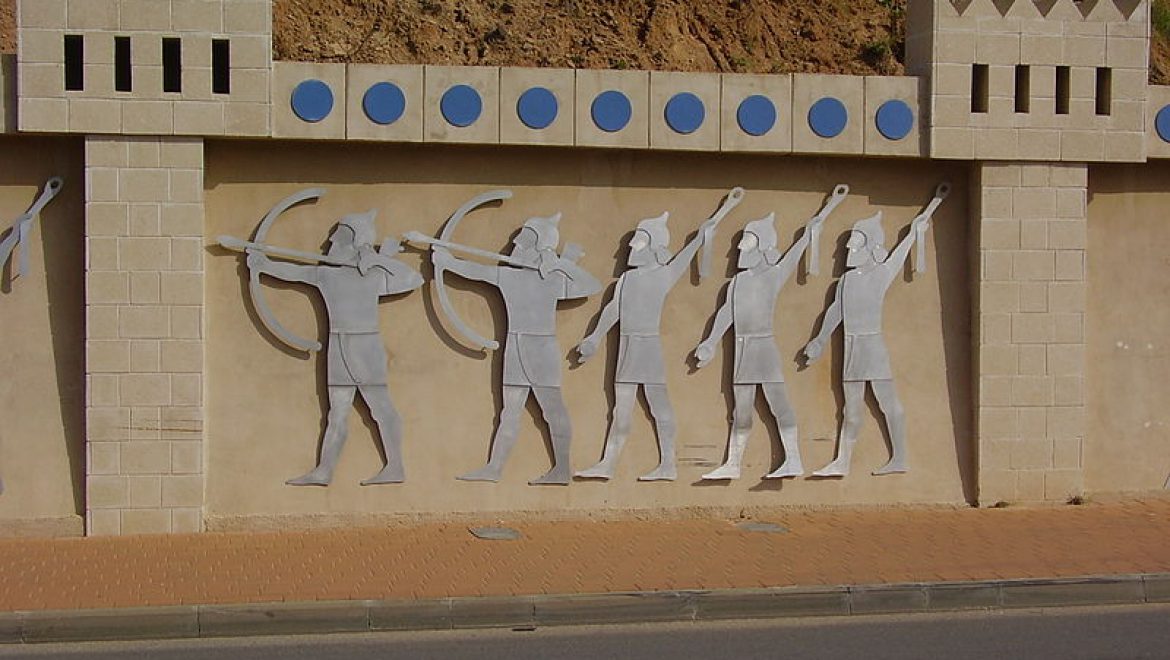
The Azekah Inscription, today found in the British Museum, is a an archaeological discovery that describes the military campaign of King Sennacherib of Assyria against King Hezekiah of Judah, including the conquest of Azekah. Azekah was an important city throughout history, from the Middle Bronze Age through the Iron Age until the days of Bar Kokhba. Much of its importance stems from its strategic location, controlling the road from the Philistine city of Gath through the Ella Valley to the Judean Hills. King Sennacherib understood that Azekah was an important city for the Kingdom of Judah, and it is for this reason that it was the first target of his conquest in 701 BCE. Read the translation of the description of the battle from the Azekah Inscription below:
(3) […Ashur, my lord, encourage]ed me and against the land of Ju[dah I marched. In] the course of my campaign, the tribute of the ki[ng(s)…
(4) […with the mig]ht of Ashur, my lord, the province of [Hezek]iah of Judah like […
(5) […] the city of Azekah, his stronghold, which is between my [bo]rder and the land of Judah […
(6) [like the nest of the eagle? ] located on a mountain ridge, like pointed iron daggers without number reaching high to heaven […
(7) [Its walls] were strong and rivaled the highest mountains, to the (mere) sight, as if from the sky [appears its head? …
(8) [by means of beaten (earth) ra]mps, mighty? Battering rams brought near, the work of […], with the attack by foot soldiers, [my] wa[rriors…
(9) […] they had seen [the approach of my cav]alry and they had heard the roar of the mighty troops of the god Ashur and [their] he[arts] became afraid […
(10) [The city Azekah I besieged,] I captured, I carried off its spoil, I destroyed, I devastated, [I burned with fire…
(11) [ ], a royal ci[ty] of the Philistines (Pi-lis-ta-a-a), which [Hezek]iah had captured and strengthed for himself

